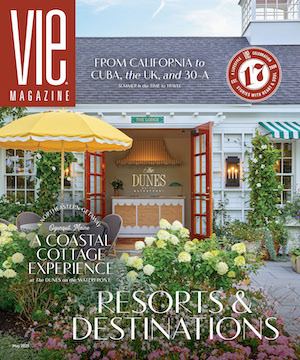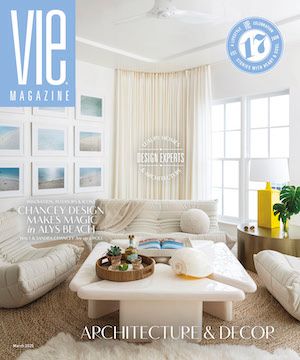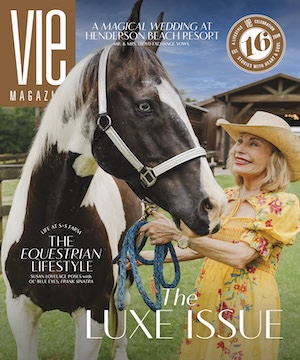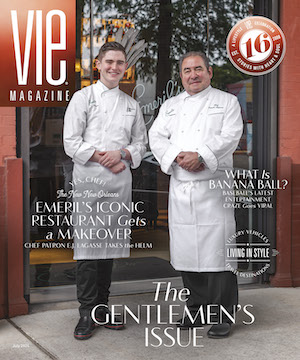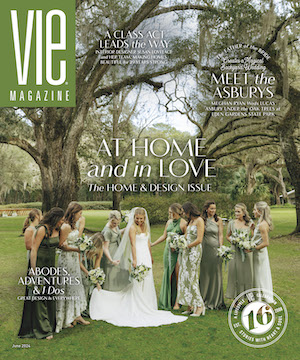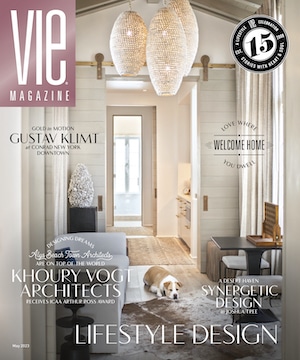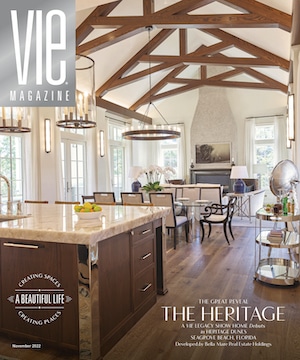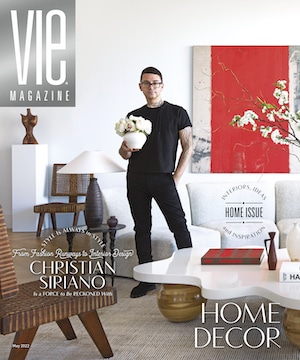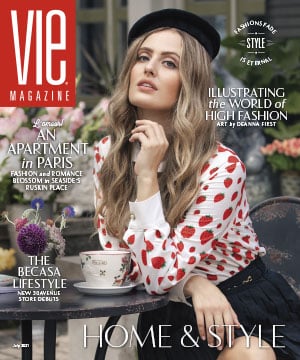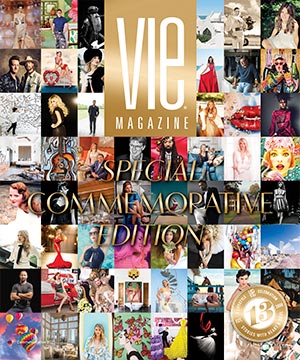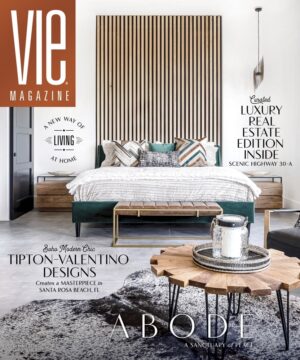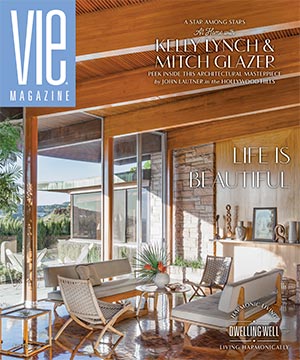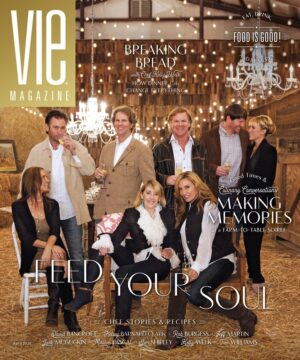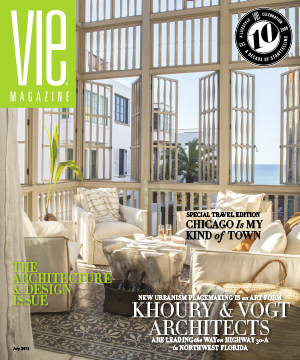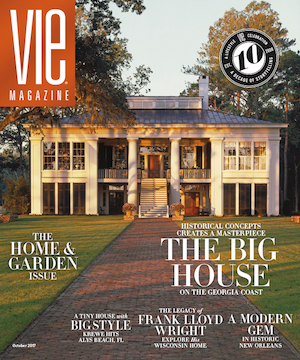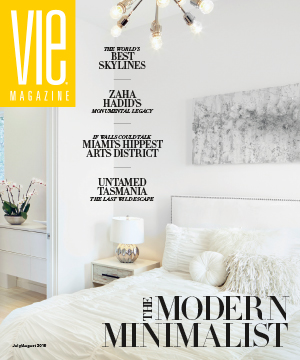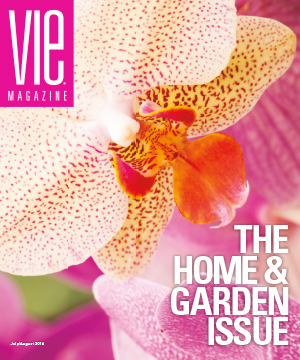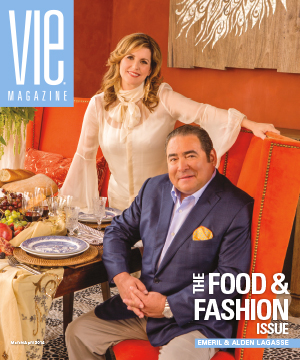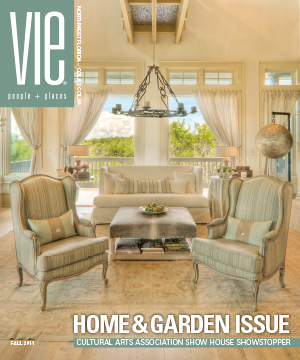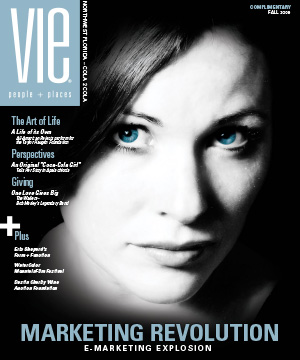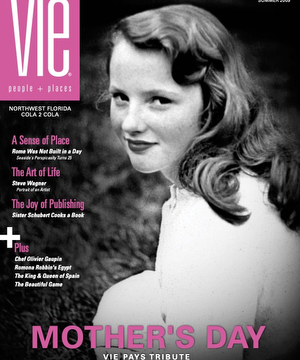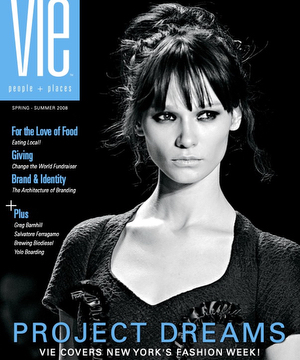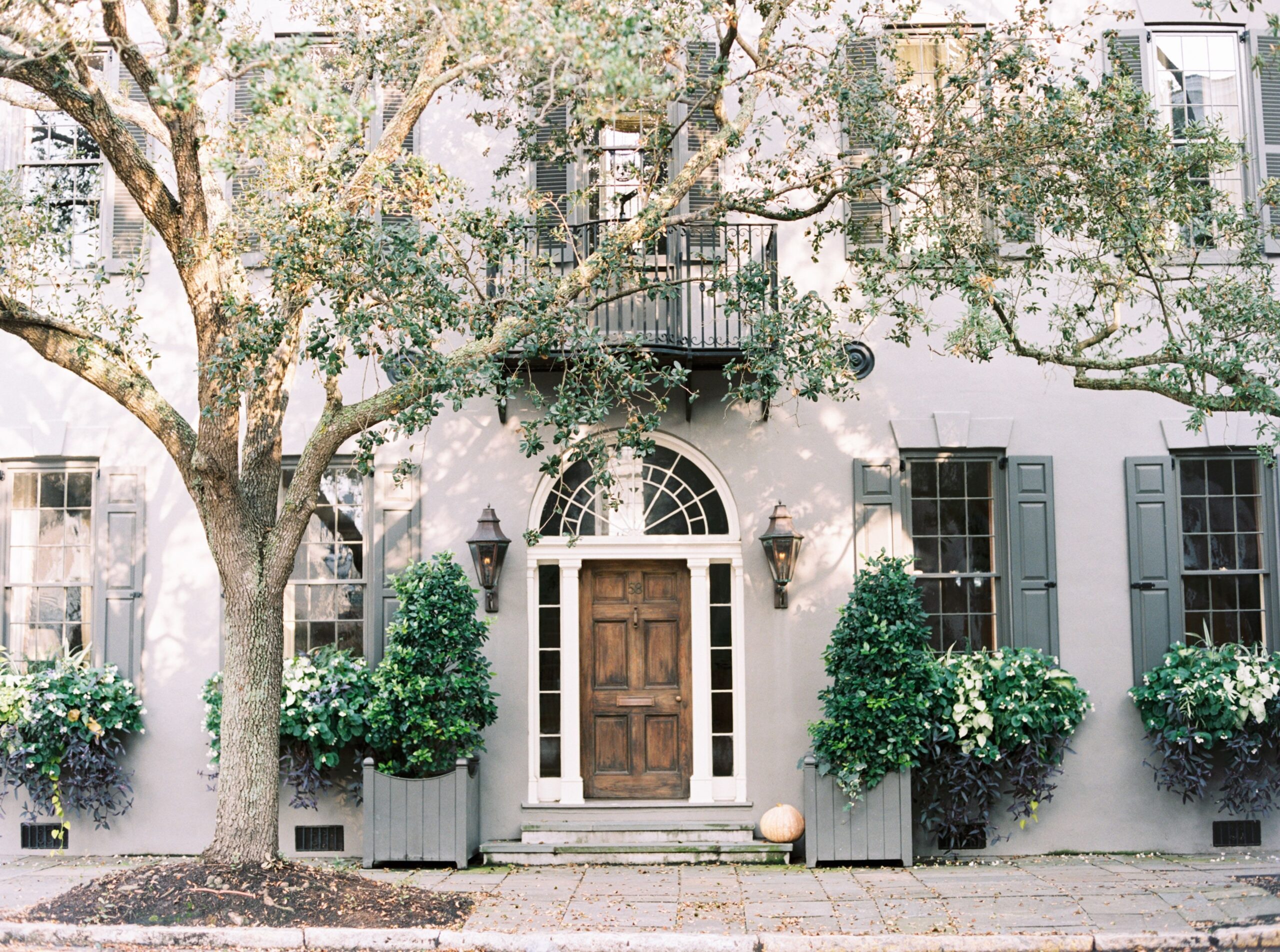
shutterstock_590795399
Learn to Live in Wellness
It All Starts at Home
by Suzanne Pollak | Illustration by Hannah Vermillion
I have studied houses my entire life, always with a special interest in what makes a home support wellness. I like interior design, style, and pretty pictures as much as anyone, but it’s the way these things make spaces feel that really interests me.
During COVID-19’s early days, the home became our all for many of us. We barely ventured outside. The mechanics of our domestic lives were made apparent to everyone, everywhere. Day after day spent working at home, eating at home, dealing with the highs and lows of isolation, we were trying to figure out how to support all the inhabitants under one roof. From toddler to tottering grandparent, for those of us living solo to those packed together, we learned how to cope with loneliness and drudgery. We were forced to make our houses into wellness centers, not showcases. No one was visiting, anyway! We discovered the daily impact that design, style, and dining had on how we lived and thrived.
We learned what wellness means: being free of physical ailments and sickness, living in harmony with others, and performing valuable and fulfilling work. Many faced the most challenging of human experiences—a terminal diagnosis—which for some was even exacerbated by being unable to say goodbye to loved ones.
One thing became apparent to me through the pandemic: when you behave caringly (not carefully), you can cope with any situation. For the last two years, the challenge has been arranging our domestic spheres to help us behave caringly no matter the circumstance. We want to create spaces where the moment people enter them, they experience a deep feeling of care—knowing that all will be okay even in the worst of times.
I brought back principles I learned in my childhood homes in Africa. I devoted myself to making spaces in my adult American life where wellness and being cared for were felt. It was priority number one. My childhood was often chaotic and tumultuous, so I wanted my adult houses to be a sanctuary. My goal, no matter who entered, be they residents or visitors, was to give them a good feeling of care. In Africa, we dealt with coups and evacuated our homes; but there are challenges even in America. Each of us experiences times brimming with joy and happiness and others full of sorrow, down to the loneliest of moments. When the spirit in the house infuses us with what we need at that very moment, we have created something precious, important, and worthwhile. We feel cared for, at ease.
The African houses fulfilled specific roles at different times. Our pink house on the hill overlooking Mogadishu, Somalia, turned into a hospital when my brother, sister, and I were delirious with typhoid. In Nigeria and other countries, our houses were a child’s delight: mini zoos where royal pythons, African gray parrots, turtles large enough to ride on, and billy goats lived with us. Cheetahs and monkeys were kept in houses next door. In Accra, Ghana, it was all about education. The wife of a diplomat homeschooled me. Many decades later, when two of my sons deployed to the war in Afghanistan, my house on Rainbow Row in Charleston, South Carolina, became a place for me to hide. In each instance, the house became my wellness center. During some years—the best years—our house turned into a party place filled with joy felt by many people, at least for a few hours.
During some years—the best years—our house turned into a party place filled with joy felt by many people, at least for a few hours.
Now that people are beginning to invite others inside again, our wellness centers can make them feel cared for, but it starts with ourselves. We do this by letting our true spirits reign. Design is as vital to the health of a house as food and drink. People choose paintings for their walls, pieces of music that lift them during their day-to-day activities, or soft lighting and candlelight to change moods.
How you arrange your personal habitat is a window into who you truly are. Your passions, hobbies, and idiosyncrasies become apparent. The private you becomes known. Houses done by an interior designer and left exactly that way may have less of your spirit roaming around. People fall in love with individuals, not a perfectly “done” look that is so in style now. People fall in love with quirky individualism and personal expression. When you are reflected in your house, it’s the beginning of finding wellness through the freedom of expressing your authentic self.
Florence Knoll, the founder and designer of Knoll furniture, painted all her walls white, but a different hue of it every year. She commissioned paint experts Donald Kaufman and Taffy Dahl to choose which white. The subtle change made everything look slightly different and kept her eyes and senses attuned to her surroundings.
When color and objects remain unchanged, domestic dwellers stop seeing them. Moving things around and editing spaces shifts the energy and charges the vibrancy in a house. Every abode needs this. (Houses have needs just like us, and it’s more than just standard maintenance.) I have lived in several eighteenth-century homes. They are living, breathing machines that crave care, love, and attention just like we do. Houses can help us when we nurture them. That is when your dwelling becomes a wellness center.
Homes are also places for playfulness. Even if your house cannot become a mini zoo, you can do things to create fun, calm, and memories. You can read out loud for an old-fashioned pleasure. After dinner in Africa, my father read us Sherlock Holmes stories, bringing in a world from another continent when our lives became difficult. Arrange a dedicated table for games. Chess is perfect for taking a break from what is going on because it demands focus. When more of a breather is needed, try jigsaw puzzles, making handloom potholders, knitting, or playing cards. These tasks allow us to talk and do simultaneously, fostering community without too much pressure, all in the privacy of the home.
I look forward to the future when once again (or maybe the first for some of us) we use our houses to build connections and spread joy by hosting parties. I loved when my houses buzzed with community. Friendships formed every minute through gatherings, small dinners, or enormous events for hundreds with a band, buffet, and midnight breakfast. Let’s bring back those good old days!
— V —
Suzanne Pollak, a mentor and lecturer in the fields of home, hearth, and hospitality, is the founder and dean of the Charleston Academy of Domestic Pursuits. She is the coauthor of Entertaining for Dummies, The Pat Conroy Cookbook, and The Charleston Academy of Domestic Pursuits: A Handbook of Etiquette with Recipes. Born into a diplomatic family, Pollak was raised in Africa, where her parents hosted multiple parties every week. Her South Carolina homes have been featured in the Wall Street Journal Mansion section and Town & Country magazine. Visit CharlestonAcademy.com or contact her at Suzanne@CharlestonAcademy.com to learn more.
Share This Story!
KEEP UP WITH THE LATEST STORIES FROM VIE





